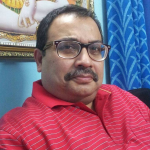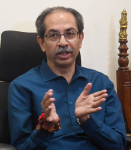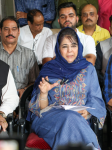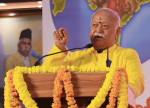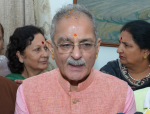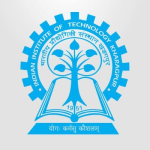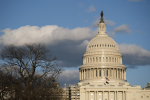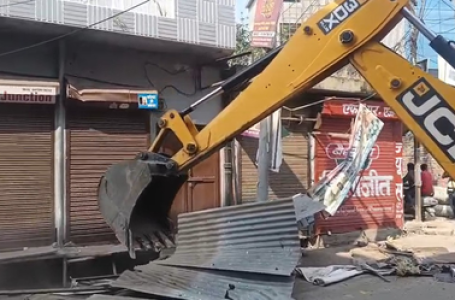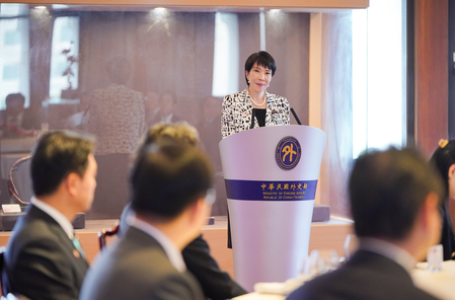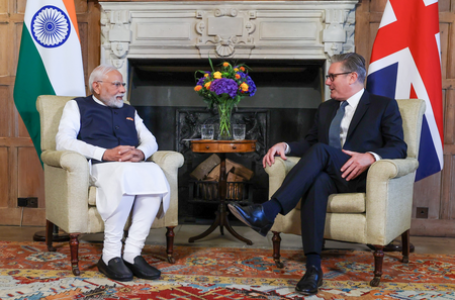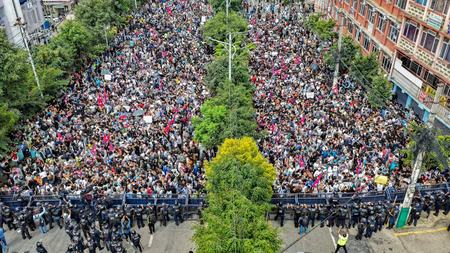
New Delhi: Countries across South Asia have been riven by what appear to be spontaneous, popular upheavals which have forced members of the elected ruling polity to flee their countries. Aspects of what was witnessed on the streets of Kathmandu a month ago were reminiscent of the ‘Arab spring’ that began in Tunisia in the early 2010s and engulfed entrenched sections of the West Asian polity. It remains unclear when the turmoil will be resolved and what the outcome will be.
Despite instability in its immediate neighbourhood, it remains unlikely that India will get seriously affected by the popular upheavals that have swept out elected governments. However, it is certain that the Indian establishment would be closely looking at and examining why people turned against their elected governments and forcefully removed them.
The immediate provocation may have been different in each country, but the underlying theme; from the economic collapse and removal of the Rajapaksas in Sri Lanka in 2022, the ouster of Sheikh Hasina in Bangladesh in August 2024 and, most recently, the overthrow of the KP Oli government in Nepal; has been corruption and the governments’ failure to meet and manage the aspirations of the youth. A series of government missteps ignited the discontent, which erupted into mass protests, abating only when the leaders fled.
A significant portion of South Asian people are aged 35 and below. The demographic dividend was meant to work to the advantage of these countries. However, the Covid 19 pandemic sent the economies of many countries into a tailspin, leaving vast numbers of unemployed youth who found themselves with limited opportunities and unable to fulfil their aspirations. That their governments, led by aging leaders, appeared out of sync with requirements of an increasing work force and unable to channelize their energies into gainful opportunities led to increasing frustration. The perceived corruption of the ruling parties acted as a trigger, like the Arab Spring.
In Nepal, the proverbial ‘last straw’ was the blanket ban, imposed on September 4, on 26 major social media platforms in the country, including Facebook, YouTube, Instagram, and WhatsApp. The government tried to justify the ban saying it was invoked because of “non-compliance with Nepali law,” but this was viewed as an authoritarian attempt to suppress dissent and stop digital spaces essential for communication, education and employment. With widespread and deeply entrenched government corruption, which has not eased despite two decades since the removal of the monarchy and the institution of a Republic, the social media ban ignited the simmering discontent.
Uniquely, unlike in the past when protests were driven by political parties or ethnic entities, these demonstrations which rocked Kathmandu and unseated Oli’s government were spearheaded by an amorphous group of young professionals and students calling themselves Gen Z. For them, social media provided the platform to digitally coordinate their protests, challenge the political stagnation, demand that leaders be held accountable and that the political system serve the people, not just the elites.
Nepal in recent years has witnessed considerable political instability, frequent changes in government and widespread protests about corruption and bad governance. The country has seen 14 different governments since 2008.
Peace was restored once the Army and Gen Z representatives agreed to hold fresh elections within six months under the interim leadership of former Supreme Court Chief Justice Sushila Karki. It remains to be seen whether this youth-led movement will bring real change or just be symbolic gestures.
The protests indicate that the youthful section of Nepal’s populace have become more politically aware and active and seek transparency and accountability in public life. That the violence ceased promptly when what they perceived as the corrupt establishment was removed, displays a sense of maturity among the Gen Z, while also showing their faith in the path of democratic governance, and electoral politics.
It remains unclear where the funding for such a well-orchestrated movement came. The former monarch Gyanendra, foregrounded by some elements seeking to restore a Hindu monarchy, seems an unlikely source. Analysts said he was too discredited to be acceptable to those who head the movement for cleaner governance.
Nepal’s Gen Z movement drew comparison with recent youth movements in South Asia, such as Bangladesh’s 2024 job quota protests and Sri Lanka’s 2022 ‘Aragalaya’ uprising. They appear to highlight a global trend in which the digital-era savvy generation is increasingly rejecting political elites who fail to deliver stability or provide accountability. On the surface, the parallels are striking; the elected leadership could neither govern transparently nor deliver on promises credibly, nor contain popular anger that led to the protests which overthrew the governments.
In Bangladesh, where the Awami League government was ousted, it is unclear who exactly controlled what happened. Fundamentalist Islamic groups moved to seize space created by the uprising and ouster of the “secular” Sheikh Hasina. There have been reports that the movement was funded by Islamic fundamentalists, including the Jamaat-e-Islami, Pakistan’s ISI, keen to regain a hold there, and even the ‘foreign hand’, of the USA. In Dhaka then, as in Kathmandu now, the tipping point was the high-handed government reaction, firing on protesters.
After Sheikh Hasina fled to India, the Army and protesting youth arrived at an agreement to appoint the politically neutral Nobel Laureate Mohammed Yunus as Chief Advisor of an interim caretaker arrangement, but he has not been able to restore peace or control outbreaks of lawlessness and targeting of minorities. He announced that elections will be held in February 2026, but barred the Awami League from participating in the coming polls, again making the exercise not fully participative.
The fact that Sheikh Hasina’s regime was widely perceived as being supported by India gave the groups who seized power an incentive to attack targets perceived as Indian, including those associated with Rabindranath Tagore and Satyajit Ray, global icons of Bengali culture. The atmosphere of uncertainty has seen the resurgence of the Jamaat-e-Islami, whose student wing has recently swept the Dhaka University elections, for the first time in the country’s history. The Jamaat is expected to emerge second, after the Khaleda Zia-led Bangladesh Nationalist Party (BNP), in the scheduled February 2026 elections.
Nepal has no similar fundamentalist party strong enough to make major gains when elections are held. While there is also no strong anti-India sentiment that could become a rallying factor ahead of elections, the Indian government is not popular with Gen Z. Beyond the memories of the informal blockade enforced by the Narendra Modi government in 2015, the fact that the RSS wants to see the Hindu monarchy restored does not make them popular with those who led the protests.
A complete economic collapse was the trigger for the 2022 protests in Sri Lanka. There, the focus was on the Rajapaksas, whose mismanagement of the economy led to the bankruptcy of the country once hailed as South Asia’s most promising economy. After the Rajapaksas fled, the protests eased off and the successor administration, under Ranil Wickremesinghe, restored economic stability in the country. India’s image there has been benign, as New Delhi stepped in to save Colombo from reneging on its debt repayments. General elections held in November 2024 delivered a clear verdict. The coalition led by Anura Dissanayake has its work cut out, to restore Sri Lanka’s ravaged economy to health.
The Indian government, closely monitoring these events, is warily watching its Neighbourhood First policy unravel even as it maintains a strict wait and watch strategy and strategizes about how the turbulence can be contained beyond its borders.
( The views expressed in this article are solely the writer’s own)
INDIA NEWS STREAM



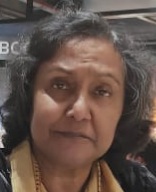 by Nilova Roy Chaudhury
by Nilova Roy Chaudhury
